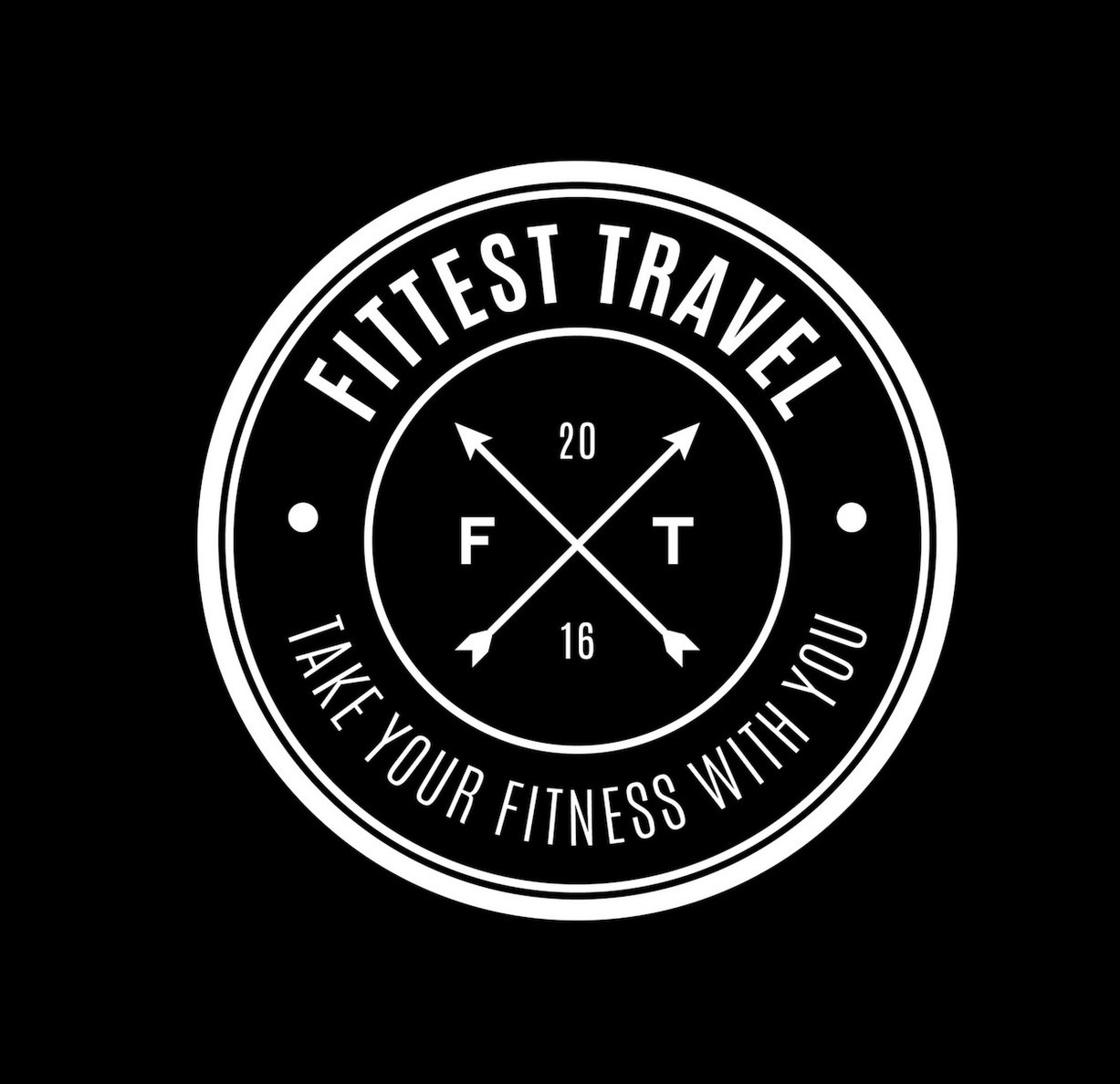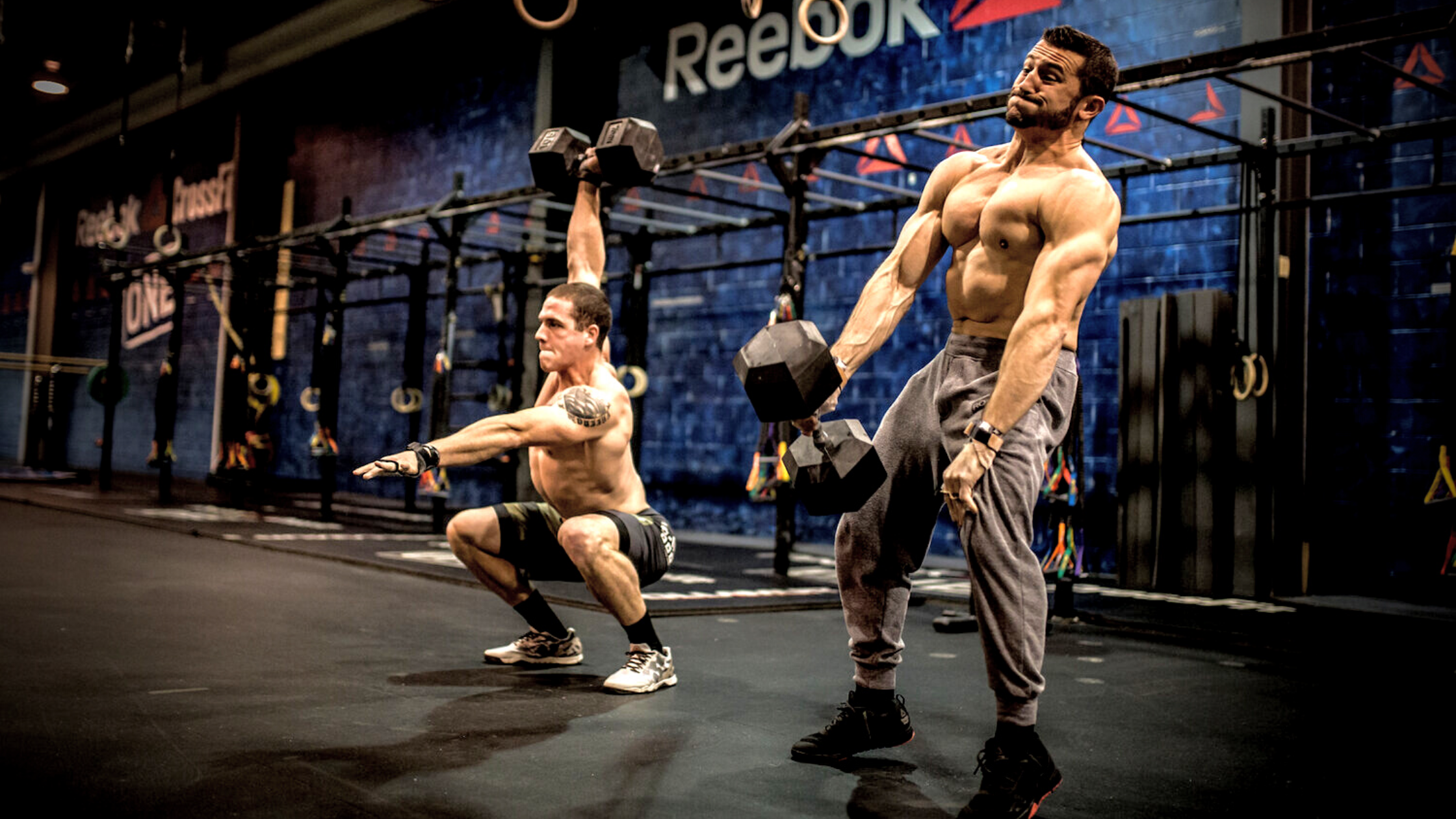CrossFit vs OrangeTheory (OTF) vs F45: Which is right for you?
All three are popular right now but which one is right for you?
The first time I did a CrossFit workout was over a decade ago and I’ll never forget how I felt afterwards.
It was my first exposure to high-intensity training in a group setting. I had never touched a kettlebell before and pull-ups were a weak point for me.
After the workout, I felt like I was going to pass out, puke, cry, or all three. I loved it. I had similar experiences later on when I tried OrangeTheory Fitness and F45 for the first time.
I’ve come a long way in the last ten years and while I no longer belong to a CrossFit box, the training programs I write lean heavily on my CrossFit experience and I still throw in the occasional WOD (workout of the day).
But there are now options beyond CrossFit if you’re looking for the kind of workout that is intense and in a group setting.
Fitness is going through a renaissance over the last decade. There’s more of an emphasis on functional fitness, strength training, and community.
While CrossFit has established itself as more than a fitness fad, newcomers like OrangeTheory Fitness and F45 are still proving themselves.
All three are providing gym-goers with quality workouts and are building fitness communities.
Let’s find out which one is right for you.
CrossFit
CrossFit is no longer considered a fad. And it’s not a cult.
Since the first CrossFit gym (or box) opened in 2002, it has exploded in popularity. There are over 15,000 affiliates in 162 countries and the CrossFit Games draw thousands of athletes and over a million people watched the Open Workout this year.
So what is CrossFit?
CrossFit is a branded fitness regime that combines exercises from calisthenics, Olympic-style weightlifting, powerlifting, Strongman-type events, plyometrics, bodyweight exercises, indoor rowing, aerobic exercise, running, and swimming.
Workouts are made up of constantly varied, functional movements, performed at high intensity.
Photo: CrossFit DC
The CrossFit box is usually bare-bones. You won’t find mirrors or any weight machines. CrossFit expects you to be your own machine.
The workouts demand maximum effort but in return, you get real results.
And it’s competitive. There are whiteboards as scoreboards, a running clock, and a precisely defined set of rules and standards for performance in each WOD (workout of the day).
The CrossFit Games, started in 2007 and held once a year, draws thousands to the qualification stage to compete for the opportunity to make it to the games.
OrangeTheory Fitness
OrangeTheory Fitness, or OTF, studios are popping up everywhere. Founded in 2010, the privately-owned fitness franchise has exploded in popularity and has over 1,000 studios around the world.
OrangeTheory's group workout classes are 60 minutes long and focus on high-intensity interval training.
You’ll wear a heart-rate monitor and the personal trainers will push you during your session into the EPOC (excess post-exercise oxygen consumption) zone. This means you’ll be burning calories for up to 36 hours after your workout is complete.
Workouts are measured by effort levels, zones one through five (see below).
Photo: OrangeTheory Fitness
Classes focus on three key areas: strength, endurance, and power.
Most classes will be divided into two groups: one group on the treadmills and the other group either rowing, using light dumbbells, or doing bodyweight exercises.
F45 Training
F45 Training claims to be "the most effective workout method for burning fat and building lean muscle."
It started in Australia and has been growing globally at an insane pace. There are 350 franchises right now but they are adding between 30 and 50 a month in the United States.
‘F45’ stands for “functional 45” - the workouts are 45 minutes. They combine functional movements with high-intensity interval training (HIIT) - short bursts of all-out exercise alternated with slower phases for you to recover.
Like CrossFit and OrangeTheory, you’ll do a new workout every day and you won’t do the same workout twice. As with OTF, you’ll wear a heart-rate monitor.
There are a limited number of cardio machines here (rower or bike). Instead, you’ll be using sandbags, kettlebells, ropes, barbells, and you’ll be running, jumping, and climbing.
Workouts are done in group sessions and you’ll find a set of large displays on the walls to guide you through the workout .
Photo: F45 Training
Which one is right for you?
Deciding which one of these styles of fitness is right for you depends on a few factors, including what your goals are, how you like to work out, and what you’re willing to spend.
CrossFit
You’re looking at between $150 and $200 a month. You’ll find heavier weights, more Olympic-style lifting, more gymnastics movements, and more of an emphasis on strength training than in an OTF or F45 studio.
If your goal is to build your strength and conditioning, CrossFit is the best option for you. You’ll lose weight and gain some strength, but you may want to look elsewhere if you’re looking to strictly build muscle.
Just be mindful of the programming and coaches at the box you choose. Ask the coaches about their experience and, if you’re a beginner, make sure they start with the fundamentals and foundations.
There are CrossFit affiliates out there that start beginners going 0 to 60 with poor programming (not a good idea).
OrangeTheory Fitness
OrangeTheory Fitness studios vary by franchise, but most will cost you between $50 and $150 a month, depending on how many classes you choose to take.
There are three different membership packages: Orange Basic, Orange Elite, and Orange Premier.
OTF is more focused on cardio, as opposed to the heavy strength training in CrossFit. You’ll find more running and rowing in OTF than in the other two.
There’s an element of lifting weights involved but the weights are typically light. One OTF class, called Lift 45, is 45 minutes of functional strength training, using dumbbells, medicine balls, BOSU balls, and TRX straps.
OrangeTheory Fitness is the best choice if your goal is only to lose weight.
F45 Training
F45 Training pricing varies by the franchise and many F45 studios offer a free one-week trial.
At F45 Flatiron in New York City, a limited monthly membership (ten sessions per month) costs $259 and an unlimited monthly membership is $349, while an unlimited membership at F45 Dallas Main Street costs $90 every two weeks.
F45 is technology-driven, with heart-rate monitors and televisions displaying exercises and workouts for you.
The focus is on using your full body and multiple muscle groups to build and sculpt lean muscles that you'll need to use in your everyday life.
If your goal is to build lean muscle, lose fat, and improve your overall functional fitness, F45 is the best choice for you.
Photo: SeattleRefined
If you’re not the type of person who has the discipline to workout hard and consistently on your own, all three of these programs are worth considering.
They might be pricey, but the best investment you can make is in yourself.
Which one is best for traveling?
CrossFit is the most travel-friendly of these three and it’s for two major reasons.
First, you can do many CrossFit workouts on your own and without a gym. You don’t need a gym, class, or coach to do a workout that consists of push-ups, air squats, and burpees.
Second, there are 15,000 CrossFit affiliates around the world, and getting access to any of them is not that difficult.
Most CrossFit boxes allow visitors to "drop-in" - you'll pay a fee to workout (usually between $10 and $20) and maybe walk away with a free t-shirt from that gym. Many boxes will waive the drop-in fee if you buy a t-shirt.
Locating the nearest CrossFit gym to where you are is made even easier with this CrossFit Affiliate Map.
Orangetheory Fitness recently announced that they will be launching “pop-up” gyms in hotels. While this has only happened at one hotel so far (The Boca Raton Resort and Club), these pop-up gyms will be launching in twelve more in 2019.
Each OTF pop-up gym is set to last six months and will cost you $30 if you’re a non-gym member and $20 if you are.
In the likely event that you’re staying at a hotel that does not have a pop-up gym, the growing popularity of OTF is making it easier to find a studio near where you’re staying.
You can use the OrangeTheory directory listing to find a gym near you.
Bottom Line
All three of these fitness regimens cost more than the average gym membership and will demand maximum effort from you but you’ll get results from them.
Deciding which one is best for you depends on your goals and what you’re willing to spend.
Here are the winners in CrossFit vs. OrangeTheory vs. F45:
Best for getting stronger: CrossFit
Best for losing weight: OrangeTheory Fitness
Best for building muscle: F45
Best CrossFit Alternative: F45
Best Overall: CrossFit
As someone who spent years training in CrossFit boxes and who continues to use much of CrossFit’s methodologies in my own training programs, CrossFit sets a higher standard than any other fitness program.
CrossFit is the best overall option for anyone looking to improve their training in a group setting, but OTF and F45 are both excellent choices for anyone looking to get into better shape in a group training environment.











